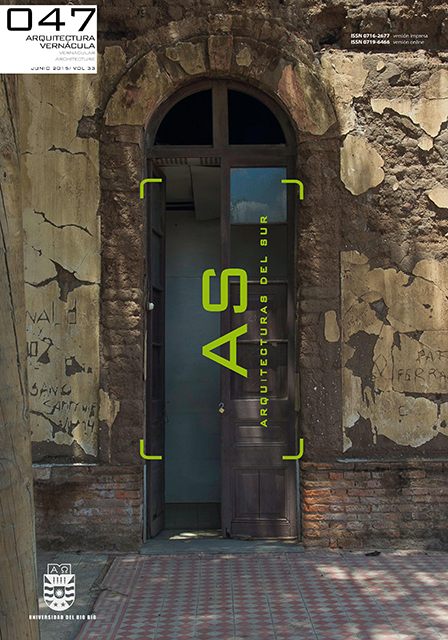Tablados: Mayan ephemeral vernacular architecture
Keywords:
vernacular architecture, cultural heritage, intangible heritage, tangible heritage, villagesAbstract
The vernacular architecture of the Maya of the Yucatán Peninsula, as represented by the Mayan house, is recognized not only for the impact Mayan culture has had recently, but also for its history. This building, which continues as housing nowadays, began in the Mesoamerican period, during which it was reproduced in the ornamentation and arches of monumental architecture. Building knowledge, preserved for centuries in the construction of the Mayan house, was also used in the creation of a new structure called a tablado, which came into being during the process of the appropriation of bullfighting by the Maya of the Yucatán Peninsula and their assigning it meanings from their own world view. This paper describes a portion of the results of a research project that proposes a way of looking at this vernacular expression in the states of Campeche and Yucatán in Mexico.
Downloads
Downloads
Published
How to Cite
Issue
Section
License
The content of the articles published in each issue of Arquitecturas del Sur is the sole responsibility of the authors and does not necessarily represent the opinion of University of the Bío-Bío.
The authors will maintain their copyright; however, they will guarantee the journal the right to first publication and dissemination of their work. The publication of the article in Arquitecturas del Sur will be subject to the Creative Commons International license (CC BY-SA) that allows others to adapt: remix, transform and build on the material for any purpose, even commercially; share: copy and redistribute the material in any medium or format, as long as the authorship and first publication in this journal are acknowledged by citing them correctly, and their new contributions are under a license with the same terms.














 Programa de Información Científica/Concurso Fondos de Publicación de Revistas Científicas 2018/ Proyecto Mejoramiento de Visibilidad de Revistas UBB (Código:FP180007)
Programa de Información Científica/Concurso Fondos de Publicación de Revistas Científicas 2018/ Proyecto Mejoramiento de Visibilidad de Revistas UBB (Código:FP180007) 
